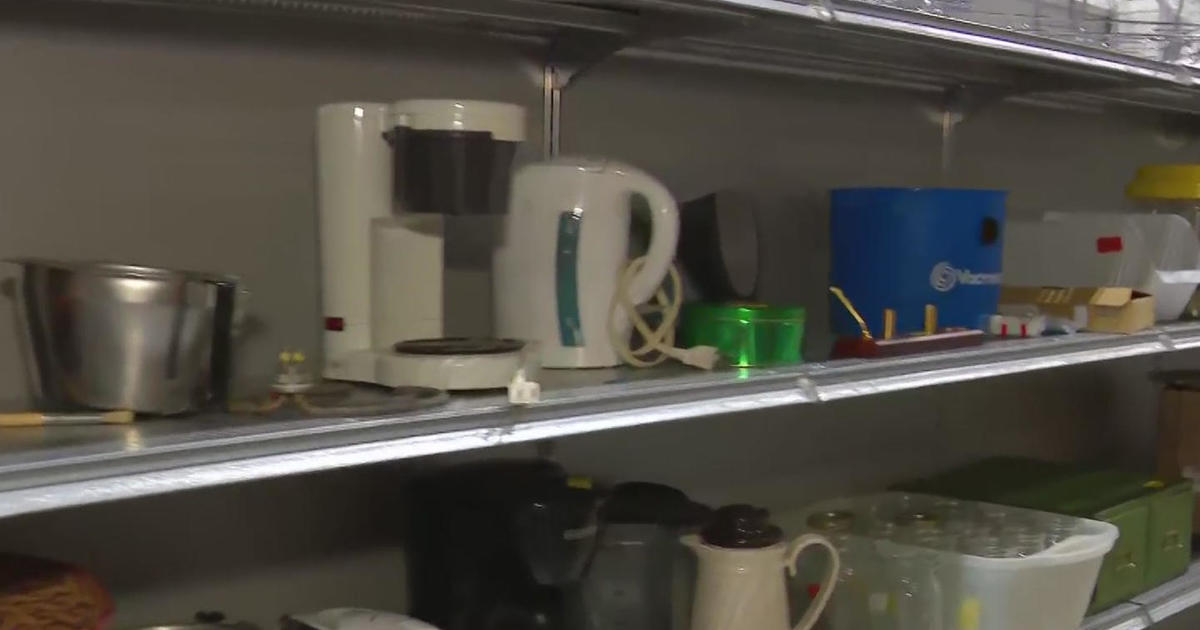Report: Rail Delays Cost Minnesota Farmers
MINNEAPOLIS (AP) — Delays in railroad shipping have cost Minnesota corn, soybean and wheat farmers nearly $100 million and cut deeply into the value of grain still in storage at farms across the state, according to a University of Minnesota report released at an agricultural freight conference Thursday.
The Minnesota Department of Agriculture organized the one-day conference in Alexandria to bring farm groups, elevator operators and railroad officials together to discuss transportation delays across the Upper Midwest in recent months that have made it difficult to deliver grain to waiting customers. Critics of the railroads often blame the increase in oil shipments from North Dakota, while the railroads point instead to the brutal winter and congestion at key rail hubs.
The study — by Edward Usset of the university's Center for Farm Financial Management — estimated that the rail delays cost Minnesota corn growers $72 million in lower prices from March to May, an average loss of 30 cents per bushel. He put the revenue losses at $18.8 million for soybean growers, or 40.5 cents per bushel, and $8.5 million for wheat growers, or 41 cents per bushel.
The report also estimated that the 330 million bushels of corn remaining in on-farm storage bins across Minnesota as of June 1 was worth $122 million less because of rail bottlenecks. It said the remaining 9.2 million bushels of hard red spring wheat stored at farms was worth $1.7 million less. Lower values were less of a problem for soybean growers because there's not much left of the 2013 crop, Usset said.
Northwestern Minnesota farmers tended to be hit hardest because they're farther away from customers, Usset said. The impact was less in southern Minnesota, where Usset said a lot of corn doesn't move by rail anyway because it's trucked to local ethanol plants. Large soybean processing plants in Mankato and Fairmont helped cushion the blow for local soybean growers, he said.
"The report captures what has been talked about in the coffee shops, at the farm shows, at church meetings between farmers," said Sam Ziegler, marketing director for the Minnesota Soybean Growers Association, which helped fund the study. He said the 30-to-40 cent-per-bushel losses are the difference between a profit and a loss for many farmers. And he said that the reduced flow of dollars into rural Minnesota has multiplier effects in communities across the state.
"My sense is the railroads are getting back to a more normal routine. ... The trend is good and things are getting better," Usset said.
But Ziegler said he doesn't think all the backlogs will be cleared before the new crop is harvested this fall. He said the fundamental problem is a lack of investment in transportation infrastructure — not just railroads but locks, dams and roads as well.
Officials with the two largest railroads serving Minnesota — BNSF and Canadian Pacific — said they had not had enough time to review the study to comment on its specifics. Federal regulators last month ordered both railroads to provide weekly updates on their efforts to catch up.
"We have steadily moved increasing volumes of grain and grain products over the last several months, moving more year-to-date in 2014 than the same period in 2013," BNSF spokeswoman Amy McBeth said. "We are focused on improving service for our ag customers and all customers."
"Grain is not suffering at the expense of other commodities," Canadian Pacific spokesman Ed Greenberg said. Grain is CP's largest single commodity, he said, making up 22 percent of its North American business compared with 5 percent for oil, he said. Greenberg also said CP is taking steps to add more grain cars and is working with other railroads to address congestion in St. Paul and Chicago.
(© Copyright 2014 The Associated Press. All Rights Reserved. This material may not be published, broadcast, rewritten or redistributed.)



